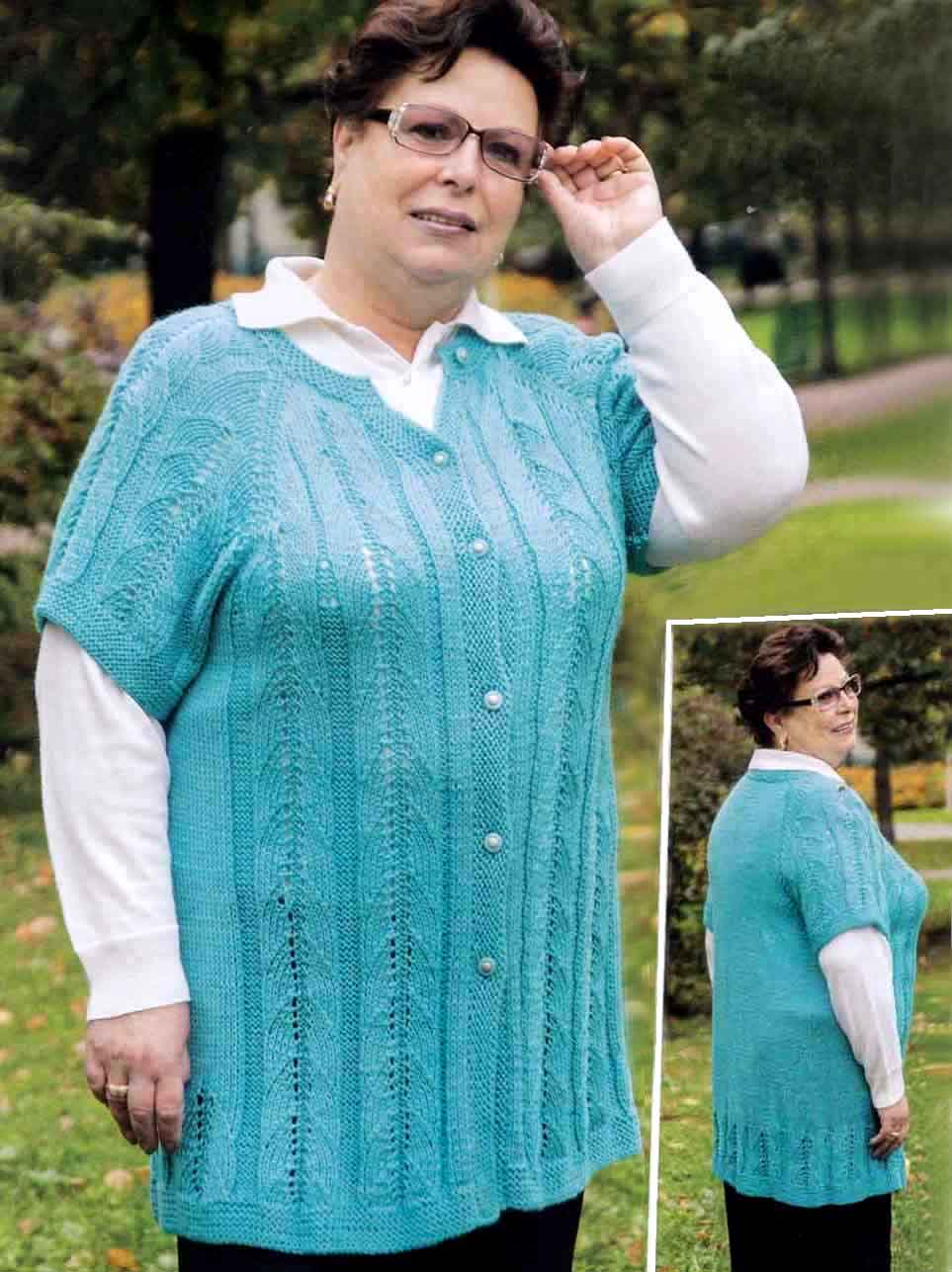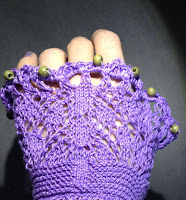
Yarn: Worsted Weight
Crochet Hook: Start with Size I and change to Size K at Row 20
Abbreviations:
beg = beginning
ch = chain
dc = double crochet
dc cluster = 2dc, ch2, 2dc in same space
Ending dc = dc cluster in last dc cluster, then dc in ch2 at beg of prev row
prev = previous
rep = repeat
sc = single crochet
sk = skip
sp = space
st/sts = stitch/stitches
ROW INSTRUCTIONS
1. Using Size I hook, Ch 61 (this is a multiple of 6, +1) [I have arthritis in my fingers so I crochet very loosely. If 61 stitches doesn't seem to be enough, increase your beginning chain to 91 or even 121 and try that.]
2. Ch 1, sc in each of previous 61 sts. You can rep Row 2 if you want a wider band for a collar.
3. *Ch 5, skip 2 sts and sc in third st; rep from * continuing all the way across, forming 20 loops.
4. Ch 2, sc in top of first loop. *Ch 4, sc in top of next loop; rep all the way across. After sc in the last loop, dc in base of first ch 5 in previous row.
5. Ch 2, *dc cluster in next loop, ch 1, sk 1 loop; rep from * all the way across. Ending dc.
6. Ch 2, *dc cluster in dc cluster, ch 2; rep from * all the way across. Ending dc.
7. Rep Row 6.
8. Ch 2, *dc cluster in dc cluster, ch 3; rep from * across. Ending dc.
9. Rep Row 8.
10. Ch 2, *dc cluster in dc cluster, ch 2, dc in ch3 sp, ch 2. Rep from * across. Ending dc.
11. Ch 2, *dc cluster in dc cluster, ch 2, 2 dc in dc, ch 2. Rep from * across. Ending dc.
12. Ch 2, *dc cluster in dc cluster, ch 2, [dc, ch1, dc] in single dc, ch 2. Rep from * across. Ending dc.
13. Ch 2, *dc cluster in dc cluster, ch 2 [dc, ch2, dc] in ch1, ch 2. Rep from * across. Encing dc.
14. Ch 2, *dc cluster in dc cluster, ch 2, dc cluster in ch2 between 2dc, ch 2, Rep from * across. Ending dc.
15. Ch 2, *dc cluster in dc cluster, ch 2. Rep from * across. Ending dc.
16. Rep row 15. (This row can be repeated several times if you want to lengthen the shawl at the shoulders.)
17. Ch 2, *dc cluster in dc cluster, ch 3. Rep from * across. Ending dc.
18. Rep Row 17.
19. Rep Row 17.
CHANGE TO K HOOK
20. Ch 2, *dc cluster in dc cluster, ch 2, dc in ch 3, ch 2. Rep from * across. Ending dc.
21. Ch 2, *dc cluster in dc cluster, ch 2, dc in dc, ch 2. Rep from * across. Ending dc.
22. Rep Row 21.
23. Rep Row 21.
24. Rep Row 21.
25. Ch 2, *dc cluster in dc cluster, ch 2, 2dc in single dc, ch 2. Rep from * across. Ending dc.
26. Ch 2, *dc cluster in dc cluster, ch 2, [dc, ch 1, dc] in 2dc. Rep from * across. Ending dc.
27. Ch 2, *dc cluster in dc cluster, ch 2, [dc, ch 2, dc] in 2dc, ch 2. Rep from * across. Ending dc.
28. Ch 2, *dc cluster in dc cluster, ch 2, dc cluster in [dc, ch 2, dc] of previous row, ch 2. Rep from * across. Ending dc.
29. Ch 2, *dc cluster in dc cluster, ch 2. Rep from * across. Ending dc.
Repeat Row 29 until within a couple of inches of desired length (remember that blocking will add length).
Last Row – Ch 2, *5dc in dc cluster, sc in ch 2 between dc clusters. Rep from * across; dc in beg ch 2 of prev row. Bind off.
Work in ends at beg and end of shawl then wash and block the shawl.
You can make an I-cord about two and a half feet long from the same or contrasting yarn (or cut a ribbon or cord to length) and thread it around the neck to tie in a bow, if desired.
Pattern by Jennifer C Rose
March 2010
Please contact me with any feedback about this pattern. It probably still has some kinks in it that will need fixing. : )











